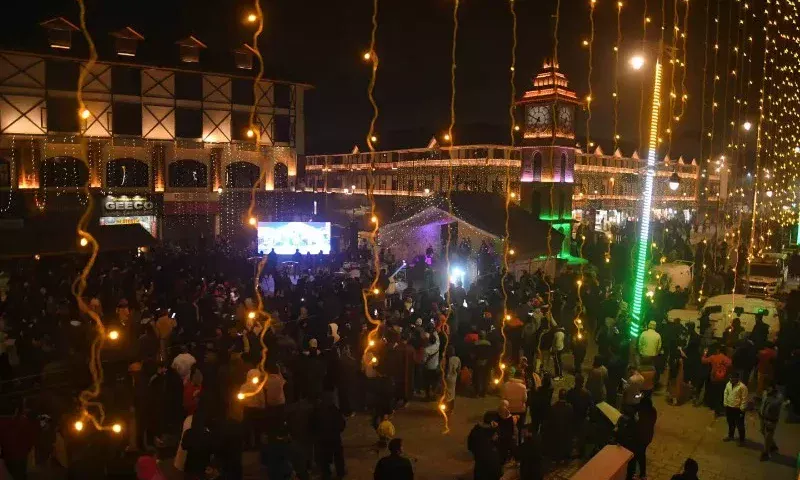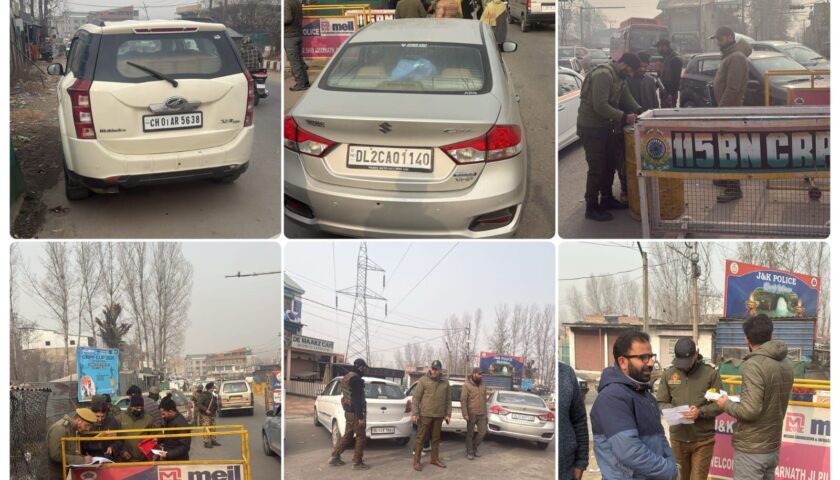 Freelance press photographer Abid Bhat used to hotspot the 4G internet on his mobile, connect it to his laptop and send pictures to international publications.
Freelance press photographer Abid Bhat used to hotspot the 4G internet on his mobile, connect it to his laptop and send pictures to international publications.
His work stopped since 3G and 4G mobile internet services were suspended in the Kashmir Valley from Monday afternoon.
“I do not have a fixed-line broadband connection at home. I am requesting friends to allow me to use theirs,” Bhat said.
The internet becomes the first casualty whenever the situation in the militancy-ravaged Valley turns from restive to volatile. The latest clampdown is to restrict Kashmiris from uploading on social media photos and videos of human rights violation by security forces.
A number of clips, including the one showing a man tied to a military jeep as a human shield against stone-throwers, went viral and picked up by both national and international media last week.
On Monday, hours before the internet was shut, Kashmir was rocked by student protests that wounded 60 people. Many students ran Facebook Live videos of their protest, a feature that works best only when the data strength is high.
According to data since 2012 provided by internet shutdowns.in, a project by the Software Freedom Law Centre (SFLC), Jammu and Kashmir has recorded 29 instances of internet shutdowns. The figures are highest for any state, with 10 instances in 2016 alone.
The longest period of mobile internet blackout happened after the killing of popular militant commander Burhan Wani on July 8 last year. Post-paid mobile internet services were restored in mid-November, while pre-paid services returned on January 30 this year.
Earlier this month, both mobile and broadband services were suspended for over two days during the bypoll to the Srinagar parliamentary constituency on April 9.
“Internet shutdowns have happened over the past seven years. It does come out as a state censorship to curb dissenting voices. But it’s frequency to push Kashmir into the Stone Age is a collective punishment,” said Javid Amin, a Kashmiri blogger and an editor with blog site, KashmirPOST.
“The state is afraid of the fingertips and a five megapixel camera now.”
Government and police sources in Kashmir maintain that mobile internet restrictions help check the mobilisation of protesters and prevent the spread of rumours that worsen the situation.
Violence happens on the streets even when internet is suspended. But the top cops maintain that the “scale of violence” would have been higher had the internet been working.
To top it up, government intelligence often warn that Pakistan uses social media to foment trouble in the Valley.
Union home minister Rajnath Singh said in the Lok Sabha last month that social media groups operating from Pakistan provoke Kashmiri youngsters to throw stones at security forces.
Human rights campaigners in Kashmir have a different take.
“The internet ban is less about the worry of mobilisation but it is more about curbing the humiliation that the state face through the evidencing which happens through social media,” said Khurram Parvez, programme coordinator of the Jammu Kashmir Coalition of Civil Society.
“People have started documenting situations around them and putting these up on social media. They have become citizen journalists and there has been a democratisation of media through social media. And this is a huge challenge for the state because they feel they cannot control this space easily,” Parvez said.
Traders complain that the frequent internet blockades hamper their work immensely.
Mushtaq Ahmad Wani, president of the Kashmir Chamber of Commerce and Industry, said: “The worst-hit is perhaps the tourism sector. Apart from the technical difficulties, the perception of Kashmir in the minds of tourists suffers a massive jolt. Who will want to visit a place where even the internet is banned?”




